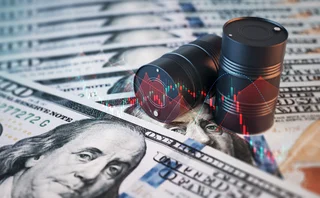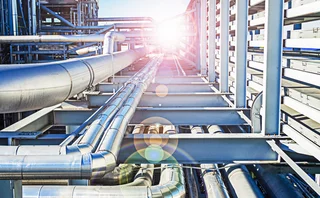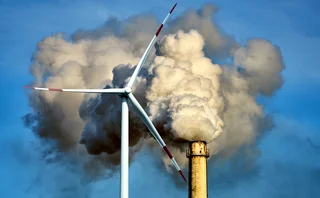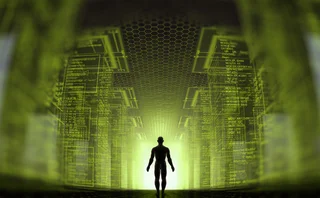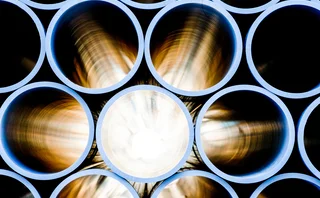Keeping the lights on
Power companies need to focus on resilient networks

This year’s Energy Risk USA conference (just finished in Houston) left delegates with plenty of food for thought but, among the discussions of market manipulation, blockchain applications and portfolio management, the issue of resilience was never far from anyone’s mind.
Houston itself, of course, was hit badly by last year’s hurricane season – in particular by Hurricane Harvey, one of the costliest disasters in history, which caused unprecedented flooding across Texas and elsewhere in the region. Others were hit worse. Eight months after Hurricane Maria, 20,000 houses in Puerto Rico are still without power – inept repair efforts backfired in March and April, blacking out large parts of the island again.
The hurricane affected many energy companies directly – notably BP, which wins our Natural gas house of the year award for 2018 – putting their business continuity plans through a new and severe stress test. But resilience should be a concern, even for companies whose wholesale trading operations are not sited in a hurricane track in the middle of a floodplain.
Even if their intensity does not change over time (and the evidence is ambiguous for storms), natural disasters will become steadily more and more damaging – every year sees more buildings and infrastructure built in vulnerable areas. And few entities – even military entities – are ready to function without grid power for more than a few days.
Resilience should be a concern, even for companies whose wholesale trading operations are not sited in a hurricane track in the middle of a floodplain
Energy companies, in particular power companies, need to step up and make their supply and distribution networks far more decentralised and resilient. Fortunately, the technology is now becoming available for them to do so – not only cheap photovoltaic cells and increasingly inexpensive battery storage, but the software needed to manage decentralised power networks with multiple small and intermittent sources of power. Even blockchain could be used to manage the trading of power among decentralised networks of producer/consumers or “prosumers”.
And – another reason for optimism – there are economic incentives for all these developments to be rolled out. Achieving resilience by accident still counts as a win.
More on Electricity
CRO interview: Shawnie McBride
NRG’s chief risk officer Shawnie McBride discusses the challenges of increasingly interconnected risks, fostering a risk culture and her most useful working habits
Energy Risk Europe Leaders’ Network: geopolitical risk
Energy Risk’s European Leaders’ Network had its first meeting in November to discuss the risks posed to energy firms by recent geopolitical developments
Energy Risk US Leaders’ Network: tackling volatility
Energy Risk’s inaugural US Leaders’ Network convened in Houston in October to discuss risk management challenges caused by geopolitical upheaval, policy uncertainty and volatility
Uncertainty causes rethink on clean energy investment
Waning enthusiasm for net-zero pledges, environmental policy shifts, funding cuts and US tariffs are causing clean energy investors to retreat
Interview: Nodal Exchange’s Paul Cusenza
The fundamentals driving electricity prices, growing confidence in state-driven environmental programmes and Nodal’s share of the US zonal power markets
Energy Risk at 30: Learning from the past
Energy Risk looks back at the seminal events and developments that have shaped today’s energy markets
How quants shaped the modern energy markets
The business models of today’s utility firms are built on quantitative analysis, but the introduction of these techniques in the 1990s was far from smooth
Energy Risk Awards 2025: Nodal Exchange interview
Energy and environmental markets outlook, the impact of AI on power markets and Nodal Exchange’s plans

